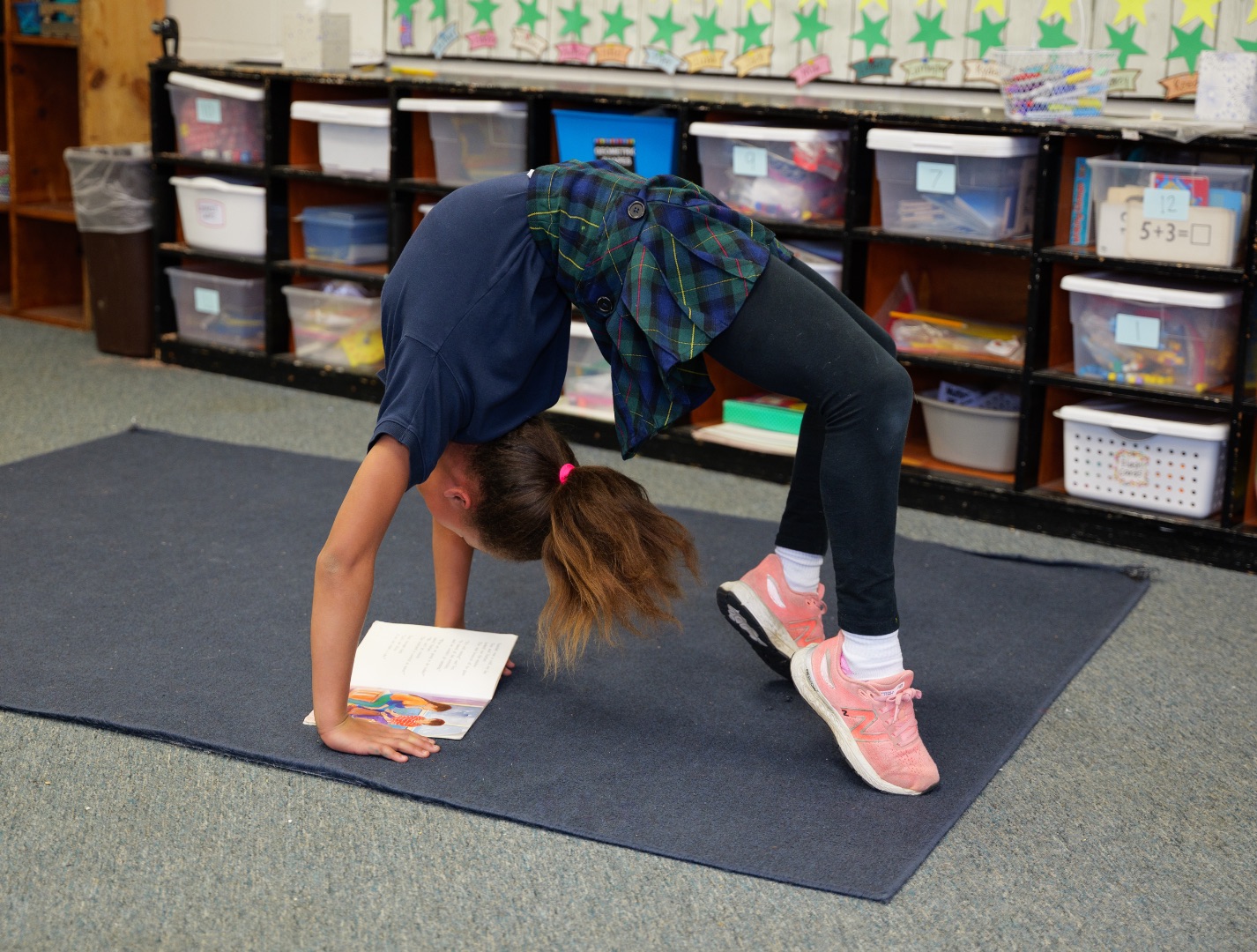Empowering Dyslexic Students

Tips and Tricks for Academic Success
Dyslexia is a condition that affects the ability to read, write, and spell. However, with the right strategies and support, dyslexic students can thrive academically. There are many tricks and tips to enable dyslexic students to overcome challenges and succeed in school.
Advocate for your child
Advocating for your child is one of the most important things you can do as a parent. Teachers want to help, but sometimes, they may not know precisely how to help. You know your child best, so be open and honest with the teachers and develop plans so your child can succeed. Next, teach your child to advocate for themselves. Classroom teachers are so busy sometimes an accommodation may slip through the cracks. Teach your child to politely speak up for themselves and give gentle reminders of their accommodations. For example, "Mrs. Smith, I do better when the test questions are read aloud. Can we set up a time for me to take this test orally?"
Teach your child about famous dyslexics
Kids love to learn about famous people who have struggled with the same types of things they are struggling with. Did you know Henry Ford, Albert Einstein, Tom Cruise, and Steve Jobs are just a few famous dyslexics?
Multisensory Learning
Dyslexic individuals benefit from engaging multiple senses while learning. Implementing multisensory techniques, such as using tactile materials, interactive games, and hands-on activities, can enhance understanding and retention of information. For instance, incorporating textured surfaces, shaving cream, sidewalk chalk, games, and movement can make learning more enjoyable and effective.

Assistive Technology
Technology has become a valuable tool for dyslexic students. Text-to-speech software, speech recognition tools, and audiobooks can help students access information more easily. Teachers and parents should explore and introduce various assistive technologies tailored to the child's individual needs.
Breaking Down Tasks
Breaking down complex tasks into smaller, more manageable steps can help dyslexic students avoid feeling overwhelmed. Providing clear instructions and organizing information in a structured manner can make it easier for them to follow along and complete assignments successfully.
Dyslexia-Friendly Learning Environment
Creating a dyslexia-friendly learning environment involves making simple classroom and home adjustments. Minimizing distractions, such as clutter and excessive visual stimuli, can also contribute to a more conducive learning environment.
Use Visual Aids
Visual aids, such as mind maps, diagrams, and graphic organizers, can help dyslexic students better comprehend and organize information. These tools provide a visual representation of concepts, aiding in memory recall and understanding complex relationships between ideas.
Encourage a Growth Mindset
Promote a growth mindset by emphasizing the importance of effort, perseverance, and learning from mistakes. Dyslexic students may face challenges, but fostering a positive attitude toward learning can help them build resilience and develop a sense of accomplishment.
Empowering dyslexic students involves recognizing their unique strengths and implementing tailored strategies to support their learning journey. By incorporating multisensory techniques and assistive technologies and creating a dyslexia-friendly environment, educators and parents can help these students thrive academically and build the confidence needed to overcome challenges in their educational pursuits.

